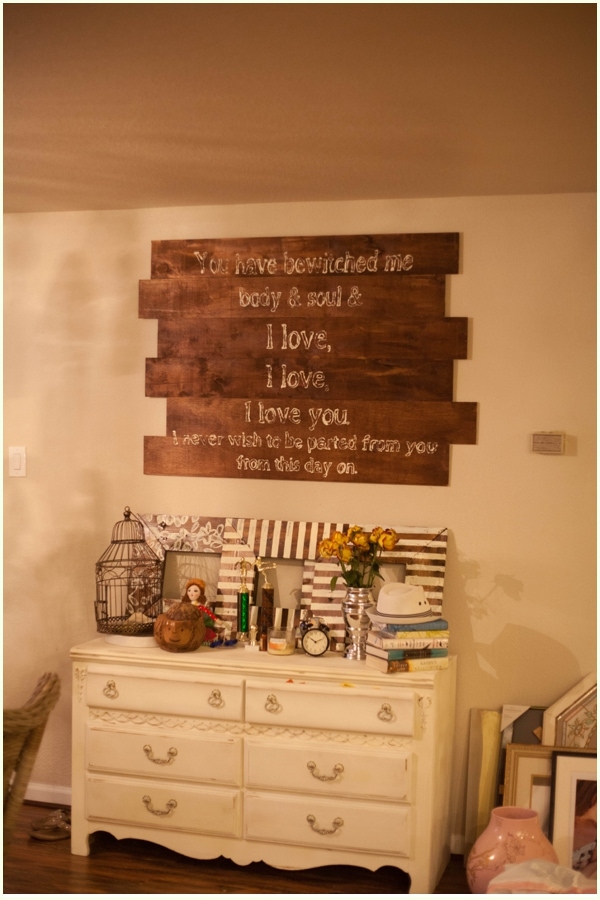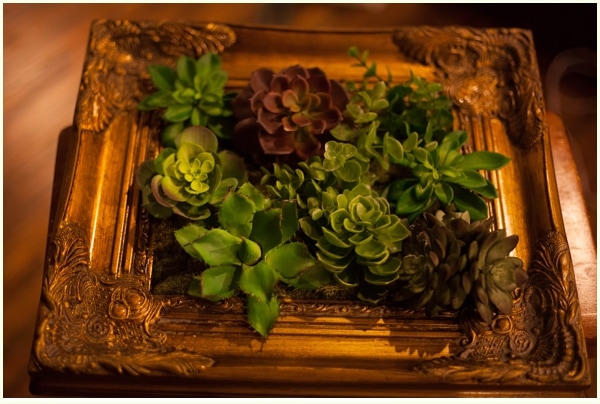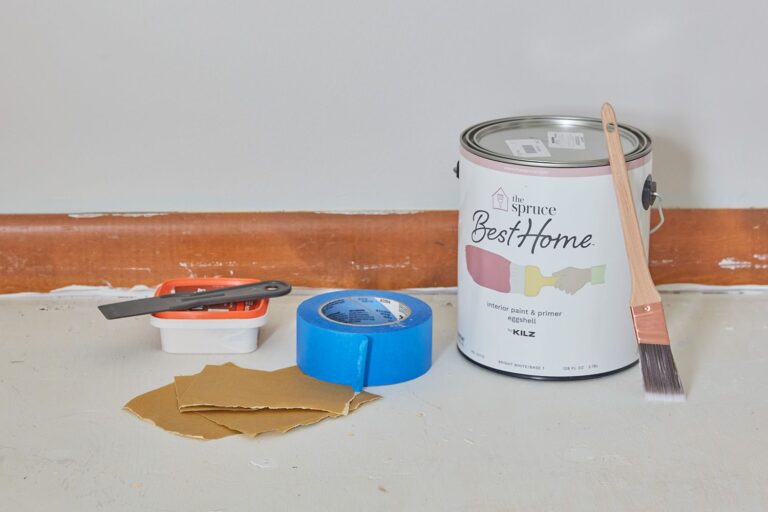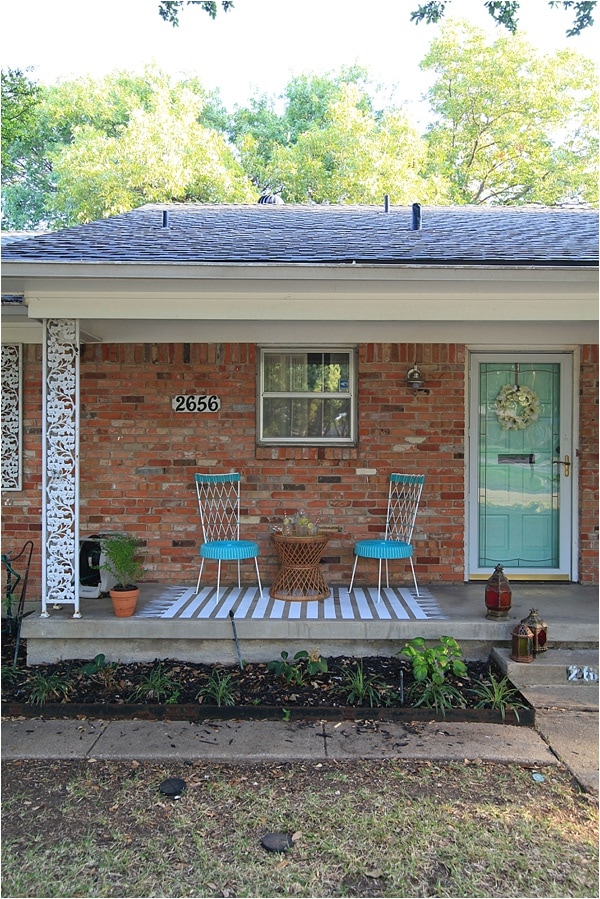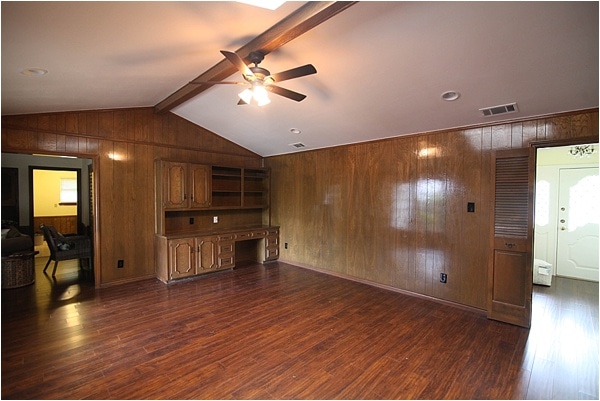Light Bulb Types: How to Choose the Right One
Something as simple as a light bulb can make a big difference in your room’s design. Discover the standard light bulb types as well as light colors, bulb shapes, and helpful guiding questions to help you pick the perfect light bulb.
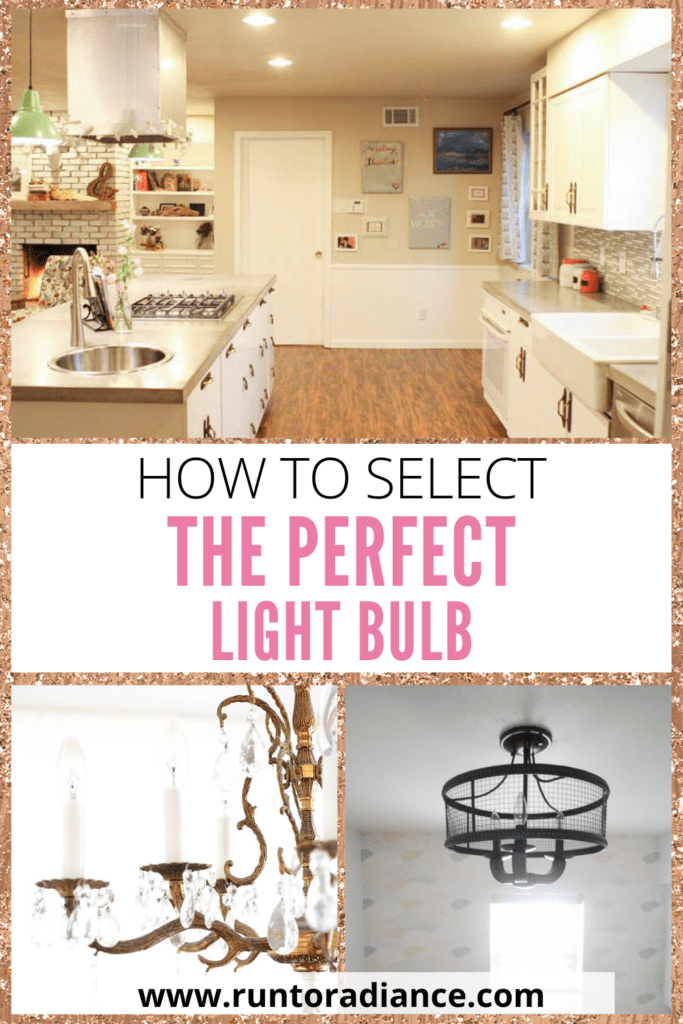
How important is choosing the right light bulb type for your home?
Well, it may be more important than you think!
Choosing the right bulbs is important for safety, ensuring your room has ample light and determining the mood of your space.
Light, both natural and artificial, holds the power to affect your mood.
Have you ever spent a day under bright white fluorescent lights and ended up with a grinding headache? A different light bulb could have prevented it!
In this post, I offer some guiding questions to help you choose the right light bulb types for your needs.
I also cover the standard light bulb types, their benefits, drawbacks, and standard energy use.
Finally, I share the various shapes and light bulb color varieties that will best fit your light fixtures and overall environment.
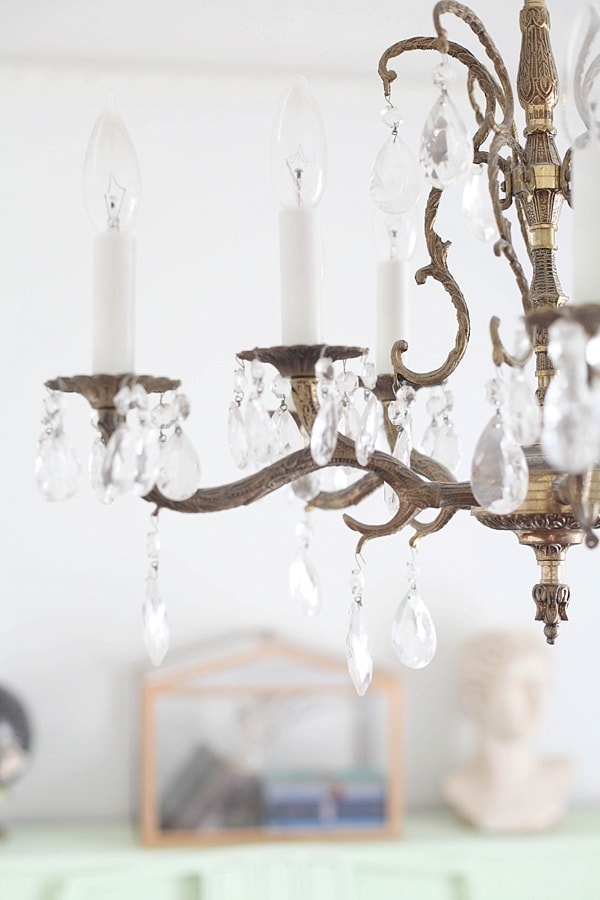
How to choose the right light bulb
Before you set out to purchase your light bulbs, make sure you’re totally informed!
Here are a few guiding questions to help you choose from the various light bulb types on the market.
1. How much energy do I want to use?
Every light bulb has a different energy use, or wattage; the number of watts correlates to the amount of energy expended for any particular light bulb.
Consider how much energy you want to use before purchasing your light bulbs. Are you looking for an environmentally-friendly choice? Are you more concerned with function?
2. What effect do I want to create?
Different light bulb types emit different colors of light which can really affect the mood of a room.
For example, offices may suit bright, white lights while dens may benefit from a softer, warm light.
Determine the effect you want your light bulbs to have on your space and be open to varying your choices, room by room.
3. Will your bulb base fit in your fixture?
Light bulb bases vary both in size and function.
Before purchasing your bulbs, check the base needs of your light fixture. Your fixture will have a designated code to help with your purchase.
For example, a standard bulb with a screw-in base often has an E26 or E27 label.
4. Which bulb suits your light fixture?
While a bulb may technically fit in a light fixture, that doesn’t mean it should!
I shudder at the thought of a standard bulb interrupting an elegant chandelier. When choosing your light bulb types, make sure that they suit the overall design of your light fixture.
5. How much light does my room need?
Not all rooms need the same amount of light. Workspaces like kitchens and home offices will likely need more light than rooms meant for relaxation like living rooms and bedrooms.
Determining how much light your room needs will help you pick the right wattage and color of light.
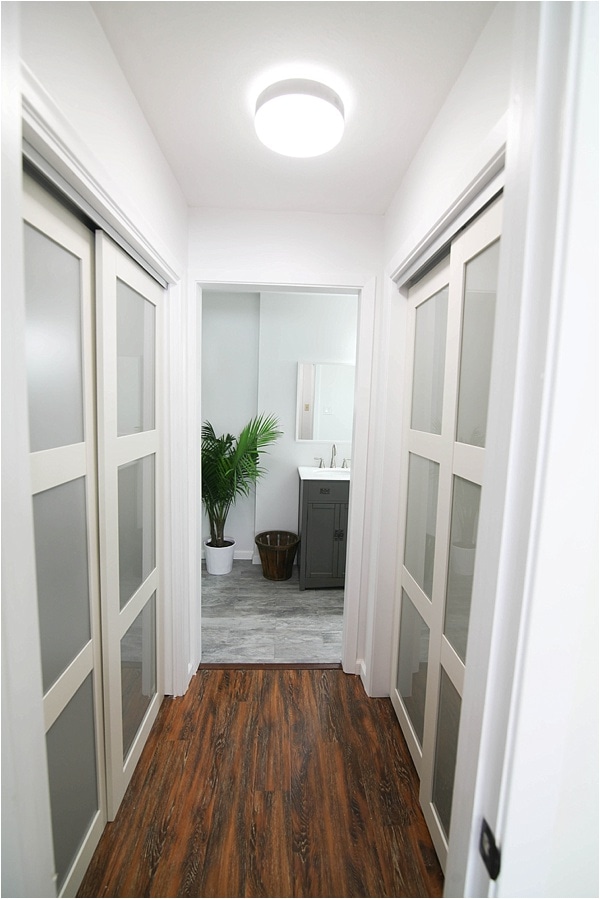
Standard light bulb types
Here are a few standard light bulb types that you should know. Each type has a specific function, energy level, and amount of light they produce.
LED
While LED lights tend to be more expensive, they also have a long lifespan and are energy efficient in comparison to other light bulb types.
You can find them in daylight, soft white, or bright white varieties.
Energy use – Low
Wattage – 2.5-16
Average life – 9-22 years
CFL
Typically in a spiral shape, CFL light bulbs are both cost and energy-efficient.
They emit a soft glow and come in soft white, bright white, and daylight colors.
Energy use – Low
Wattage – 3-120
Average life – 7-9 years
Incandescent
An electric light with a wire filament; this filament will glow while heated. Incandescent bulbs are not energy efficient and are being phased out in the United States. They provide a soft white light.
Energy use – High
Wattage – 5-500
Average life – 1-2 years
Fluorescent
Offering a bright white glow, fluorescent bulbs are energy-efficient and good for spaces that need a little extra productivity.
Energy use – Low
Wattage – 4-100
Average life – 2-7 years
Halogen
For an affordable bulb, try halogen bulbs; they emit a similar, soft light as incandescent bulbs but with less energy use.
Unfortunately, their lifespan is fairly short.
Energy use – Medium
Wattage – 5-500
Average life – 1-2 years
Light bulb shapes
Though you probably have a clear idea of what a standard light bulb looks like, there is a surprising variety of light bulb shapes available for purchase.
Each light bulb shape is suited for specific light fixtures, making it an important step in choosing the right light bulb types for your needs.
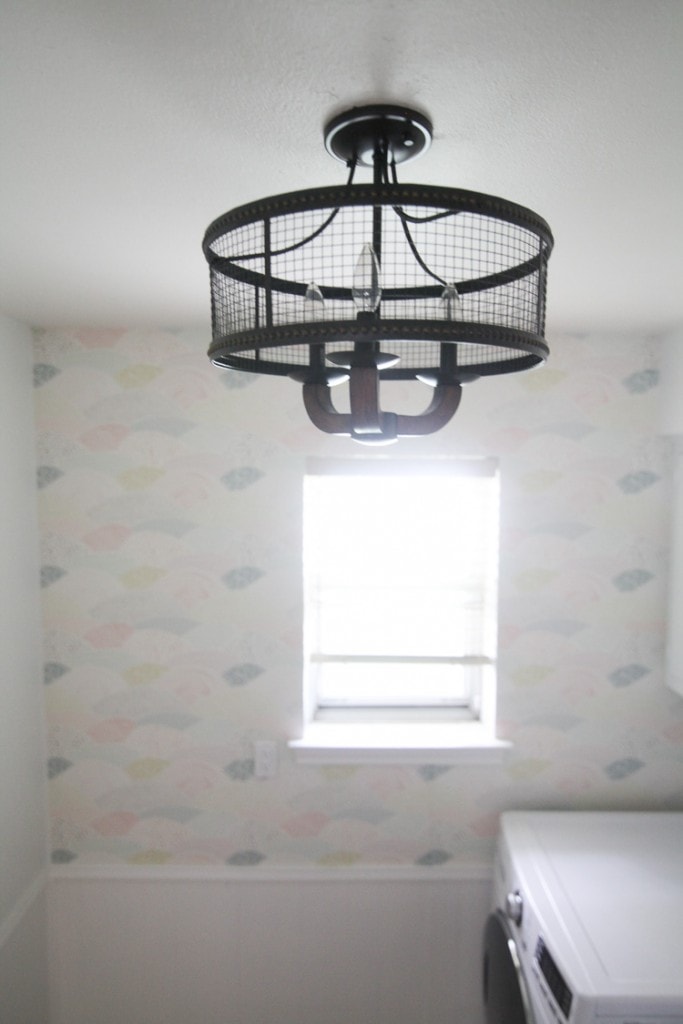
Candle
Use candle light bulbs in:
- Ceiling fixtures
- Pendant fixtures
- Wall sconces
- Ceiling fans
Candle angular
Use candle angular light bulbs in:
- Ceiling fixtures
- Pendant fixtures
- Wall sconces
- Ceiling fans
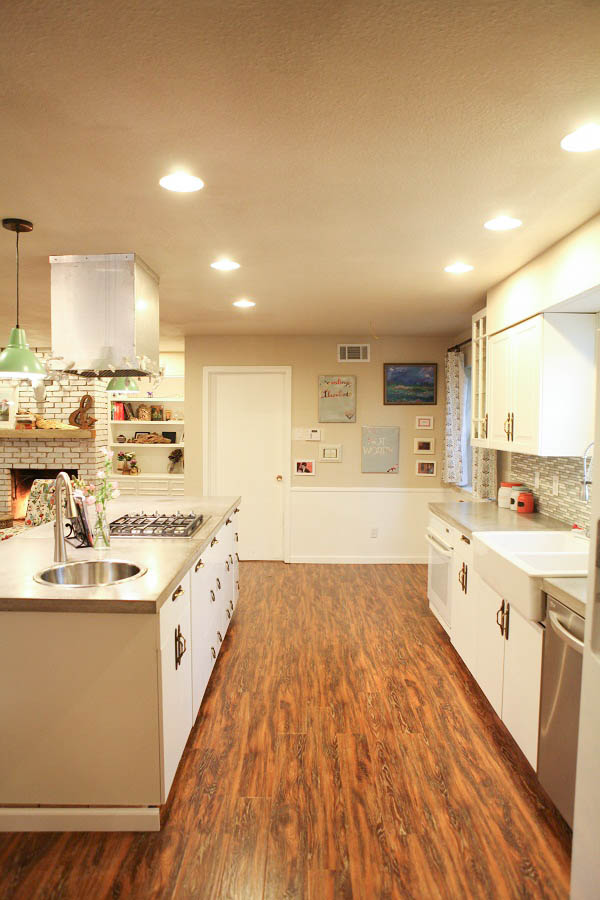
Capsule
Use capsule light bulbs in:
- Appliance fixtures
- Cooker heads
- Baseboard cabinet lighting
Floodlight
Use floodlight light bulbs in:
- Accent lighting
- Recessed cans
- Pendant fixtures
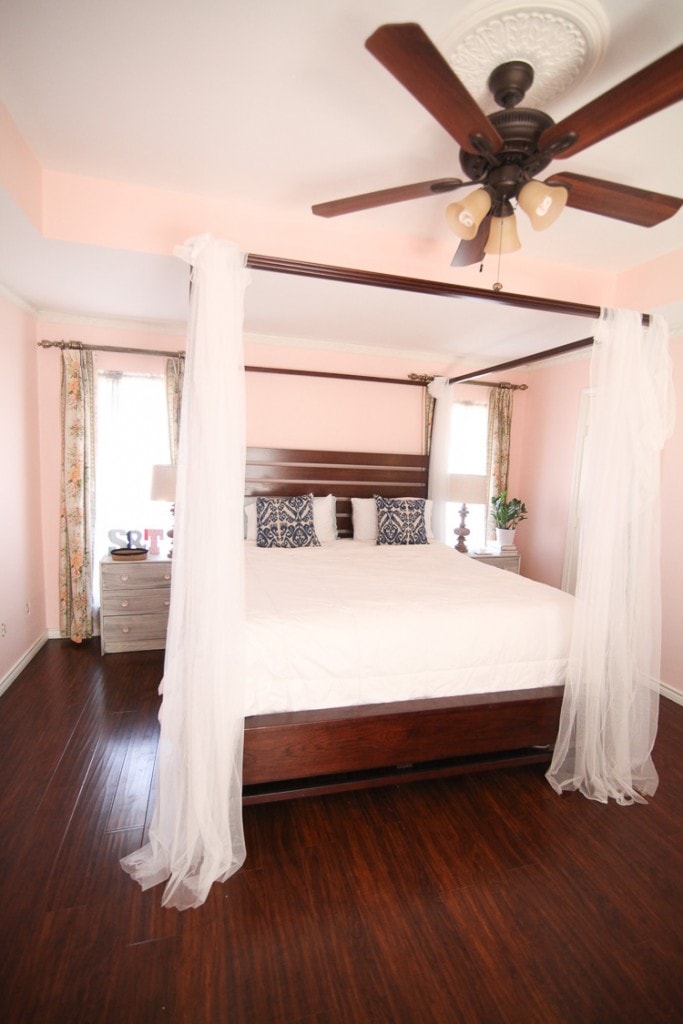
Globe
Use globe light bulbs in:
- Decorative fittings
- Accent lighting
- Pedant fixtures
Spiral
Use spiral light bulbs in:
- Table lamps
- Ceiling fixtures
- Wall sconces
- Pendant fixtures
- Ceiling fans
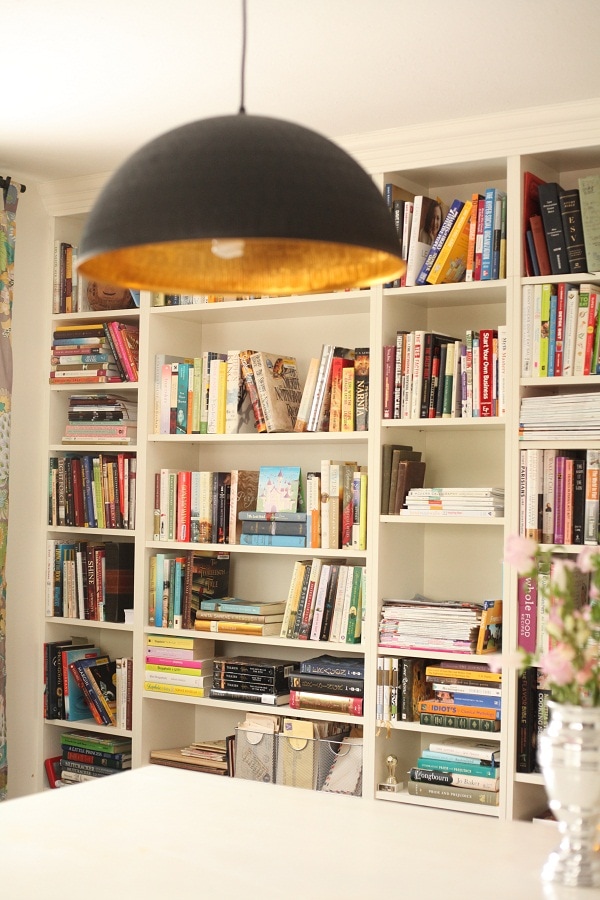
Standard
Use standard light bulbs in:
- Table lamps
- Ceiling fixtures
- Wall sconces
- Pendant fixtures
- Ceiling fans
Tube
Use tube light bulbs in:
- Ceiling fixtures
Light bulb color types
Perhaps the biggest power different light bulb types hold is the color of light that they emit.
I’m going to be sharing the standard forms of neutral lighting that have a dramatic effect on the way your space looks and feels.
BUT, note that light colors don’t stop here!
There are ways to incorporate fun, colorful lighting into your space that still looks chic.
Soft white
For a warmer, calming effect, use soft white light bulb types.
This color is perfect for rooms that need gentle illumination like bedrooms, living rooms, and other places you’d like to relax.
Bright white
The most neutral light bulb color, bright white light bulb types are stark and energizing, providing ample light for all of your tasks.
Bright white light bulb types are good for workspaces like kitchens or home offices as well as bathrooms.
Daylight
The coolest toned light is emitted from daylight light bulbs.
These bulbs are also great for tasks as they emit a cool, slightly bluer light that can promote productivity.
Use these bulbs for task-focused spaces but be aware that they could disrupt your sleep patterns if used too late in the day.
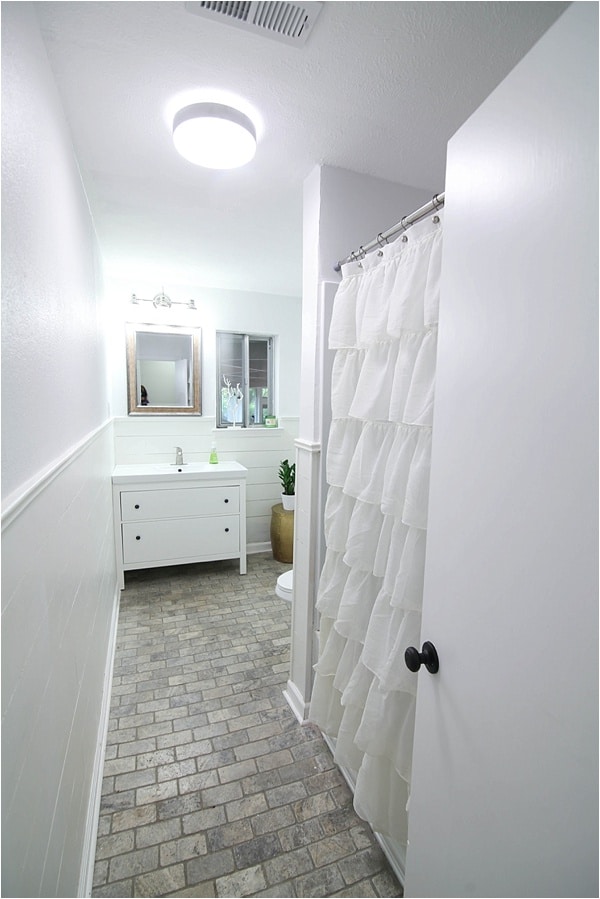
Final thoughts: Light bulb types and how to choose the right one
That about does it for the most common light bulb types and how to best integrate them into your space.
Use this information the next time you head to the hardware store to take the stress out of light bulb shopping and ensure you pick the right one – the first time!

Related content
Looking for more interior design “how-to’s”? Check out these related posts:
- How to Choose the Right Rug Size
- How to Style Couch Pillows: 10 Tips and Tricks
- How to Hang Curtain Rods: A Step-by-Step Guide
- How to Hang a Picture Without Nails
- How to Declutter your Home: The 10 Best Minimalist Creators
Tania Griffis is an accomplished writer, blogger, and interior designer with a Journalism degree from the University of Oklahoma. She started her popular blog, Run to Radiance, in 2011, demonstrating her design expertise through the personal remodeling of six houses to millions of readers across the globe.
Tania also owns The Creative Wheelhouse, a respected ghostwriting agency for bloggers, further showcasing her talent for creating engaging and informative content.



